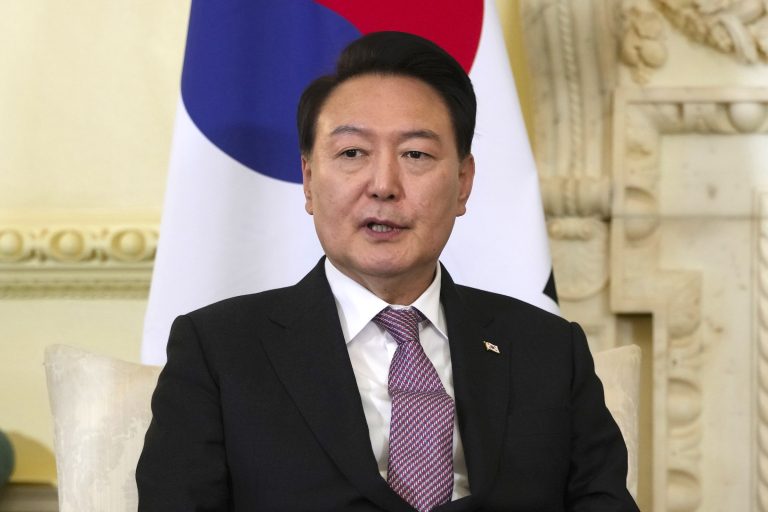Chinese scientists believe that they have found a rich deposit of highly valuable lithium close to Mount Everest, potentially being China’s third-largest deposit. While its value is yet to be determined, it could have ‘industrial value’ which could help boost China’s economy.
Mountainous deposit
The group of scientists from the Institute of Geology and Geophysics at the Chinese Academy of Sciences (CAS) found that the lithium deposit, called Qiongjiagang, may have as much as 1.0125 million tonnes of lithium oxide.
The CAS-backed newspaper China Science Daily stated that this amount would make this deposit the third-largest lithium deposit in China. Only the Bailong Mountain site in Xinjiang and another in Sichuan are bigger.
The scientists’ report also stated that the content rate of lithium oxide of the deposit is of “industrial value.” That conclusion is based on the “shallowness of the deposit, the quality of the ore,” and its “favorable location” far away from the Qomolangma (“Everest” in Tibetan) nature preserve three kilometers away.
However, according to research team lead Qin Kezhang, the discovery is still in the “pre-study” phase. Harvesting from the deposit is still “a long way off.”
The new oil
Success
You are now signed up for our newsletter
Success
Check your email to complete sign up
Lithium has been described as “the new oil” and “white gold” for its value as a component for batteries in electric cars. Once the world’s climate regulations are met, it’s estimated that global demand for lithium would soar by more than 4,000 percent by 2040.
China is the world’s largest EV market. It has utilized “two-thirds of the world’s lithium” and dominates global battery production. This reality has pushed the U.S. and its allies to rely less on China for lithium supplies.
The spot price of lithium rose to more than two million yuan ($316,000) per tonne in early February, four times higher than last year’s price.
Latin America and Australia both possess a source of lithium. Combined, the two regions contain 64 percent of the world’s lithium.
A huge chunk of China’s lithium comes from South America’s Lithium Triangle, a collection of brine lakes all found within the borders of Bolivia, Argentina, and Chile.
Right before the spot price for lithium increased, Argentina joined Beijing’s Belt and Road Initiative.
The type of lithium found near Mount Everest is called spodumene, the same type found in Australia. It serves as a substitute for the brine lakes of Latin America. According to Information Handling Services (IHS) Markit, more than 96 percent of China’s spodumene is imported from Australia.
Conversely, the high value of lithium in the market spawned opinions from experts who believe that lithium has been “politicized” as world tensions and the supply-chain crisis loom.
Environmental groups and local residents in Europe also oppose the construction of lithium mining projects, driving a stake into the supply chain of the “critical raw metal” for the region.
With the Taliban takeover of Afghanistan, Beijing also hopes to forge tighter relations with the militant government to secure Afghanistan’s own lithium reserves, estimated to be worth $1-$3 trillion.
READ MORE: Eying Mineral Wealth, China Prepares to ‘Cash In’ on Taliban Takeover














